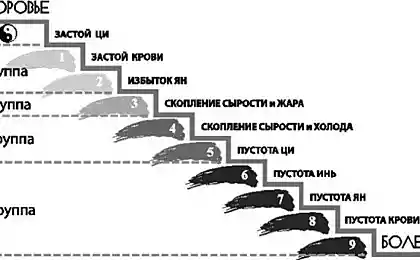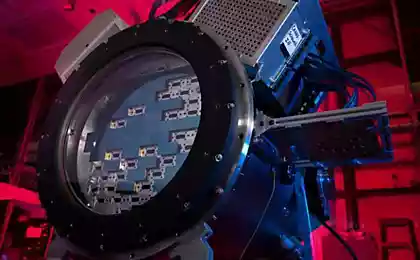150
Engineers have proposed a new type of sensor
Conventional touch sensors for mobile devices receive power from external sources because they work by generating an electric field. The user's fingers distort the field and the sensor detects these changes. Now, the researchers used a sheet of plastic nanowires to allow them to operate autonomously.
Zhong Lin Wang of the Georgia Institute of Technology and colleagues have developed a nanowire device capable of harvesting mechanical energy and converting it into electricity. In particular, they exploited the triboelectric effect: a phenomenon in which some materials pull electrons from others as a result of friction. This is the mechanism underlying static electricity.
During the experiments, Wang’s group created a material from several thin films. Structural support of nylon, layers of tin oxide and indium, transparent conductor. When someone touches the top layer of a flexible polymer, energy is collected, an electric field is created.
It is strong enough to actuate an external circuit connected to the sensor. The greatest sensitivity was shown by a sensor made of fluorinated ethylene-propylene with a nanowire of 150 nm diameter from a fluorinated polymer. The new sensor can detect pressures of up to 0.03 kPa, which is less than the pressure normally encountered when touching a touch screen.
The researchers tested the sensor by attaching it to a doorknob or hiding it under a carpet, and then connecting the device to an external control circuit of the alarm system.
Experiments have shown that the alarm went off when someone touched the handle or stepped on the mat. Wang believes that the new sensor can be used in energy-saving security systems that do not require constant electricity consumption. In addition, such devices can be useful in the development of electronic leather, various types of protective gloves and tactile sensors.
Berkeley engineer Ali Jewei is impressed by the new technology: "This work represents an important step forward in the field."
Source: nauka24news.ru/
Tesla installs the first solar ultrafast charging station in China
13 futuristic and eco-friendly clothing items























